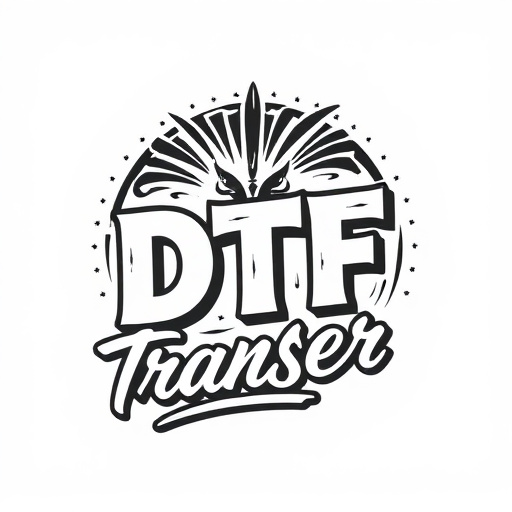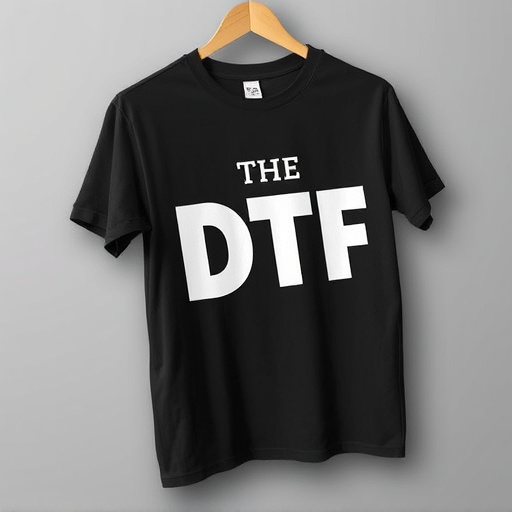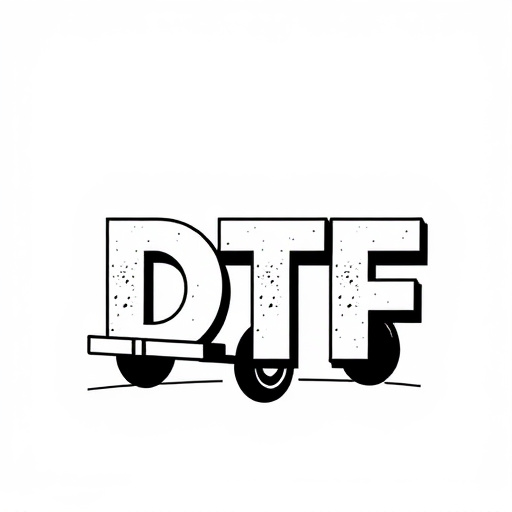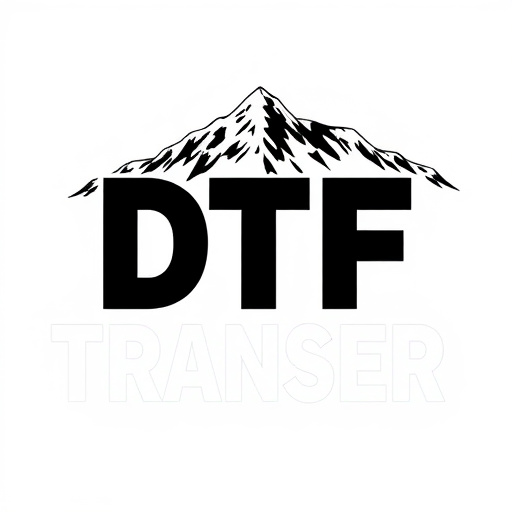Direct-to-Film (DTF) transfers revolutionize fabric printing by offering fast, high-quality results. Binding agents are crucial for securing these transfers onto fabrics, enhancing durability and color vibrancy. The selection of the right binding agent, such as water-based adhesives, acrylics, or polyurethanes, ensures tailored benefits based on fabric type and design complexity. Proper application techniques, including cleaning, coating, and precise color placement, yield exceptional DTF prints with sharp details and long-lasting durability for various textile applications.
Direct-to-film (DTF) transfers have revolutionized textile printing, offering vibrant, durable designs on a variety of fabrics. At the heart of this process lies a crucial component: the binding agent. This article delves into the essential role binding agents play in securing DTF prints, exploring their types, advantages, and application techniques. By understanding these key factors, you can ensure optimal DTF results for your fabric projects.
- Understanding Direct-to-Film (DTF) Transfers: A Brief Overview
- The Role of Binding Agents in DTF Printing Process
- Types of Binding Agents Used for DTF Transfers
- Advantages of Using a Binding Agent for Securing DTF Prints
- Choosing the Right Binding Agent for Your Fabric and Design
- Application Techniques for Achieving Optimal DTF Transfers
Understanding Direct-to-Film (DTF) Transfers: A Brief Overview

Direct-to-Film (DTF) transfers have revolutionized the way we print on fabrics, offering a fast and efficient method for creating high-quality, long-lasting prints directly onto various materials. This modern technique involves transferring ink from a film or plate directly onto the fabric’s surface using heat and pressure, eliminating the need for traditional printing methods like screen printing or digital printing. DTF is particularly popular among manufacturers and designers due to its versatility, enabling the production of unique, custom designs on demand.
The process begins with creating a film or plate that carries the desired design or image. This film is then placed onto the fabric, and heat and pressure are applied to transfer the ink permanently. DTF transfers offer exceptional accuracy in color reproduction, ensuring vibrant and detailed prints. Moreover, they are suitable for a wide range of fabrics, from clothing items like t-shirts and hoodies to upholstery materials and even signage. With its ability to produce high-resolution DTf prints, this technology has become a game-changer in the textile industry, allowing businesses to offer personalized, on-demand products with intricate designs.
The Role of Binding Agents in DTF Printing Process

The role of binding agents in the DTF printing process cannot be overstated. These specialized substances play a pivotal role in securing direct-to-film transfers to various fabrics, ensuring that the intricate designs and vibrant colors are not merely printed but permanently affixed. Binding agents act as the invisible glue, creating a strong bond between the film and fabric, thus preventing peeling or fading over time.
In the DTF transfer process, after the design is precisely printed on the film, the binding agent comes into play. It coats the fabric, providing a sticky surface that adheres to the printed film. This step is crucial as it determines the longevity of the DTF prints, enabling them to withstand washing, wear and tear, and even exposure to sunlight without losing their crispness and vibrancy.
Types of Binding Agents Used for DTF Transfers
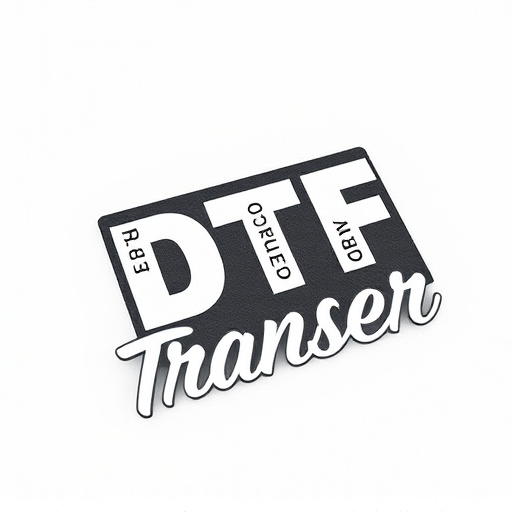
Direct-to-film (DTF) transfers have revolutionized the way fabrics are printed, offering a fast and efficient method for creating vibrant, durable DTF prints. The key to achieving high-quality DTF prints lies in the choice of binding agent. These agents act as a crucial intermediary between the print film and the fabric, ensuring optimal adhesion and long-lasting colorfastness.
Commonly used binding agents for DTF transfers include water-based adhesives, acrylics, and polyurethanes. Water-based adhesives are popular due to their environmental friendliness and ease of application, making them a preferred choice for many printers. Acrylics offer excellent durability and fast drying times, making them suitable for demanding applications that require quick turnaround times. Polyurethane binding agents provide exceptional resistance to fading, cracking, and peeling, ensuring DTF prints maintain their vibrancy even under harsh conditions. Each type offers unique benefits, catering to specific requirements in the DTF printing process.
Advantages of Using a Binding Agent for Securing DTF Prints
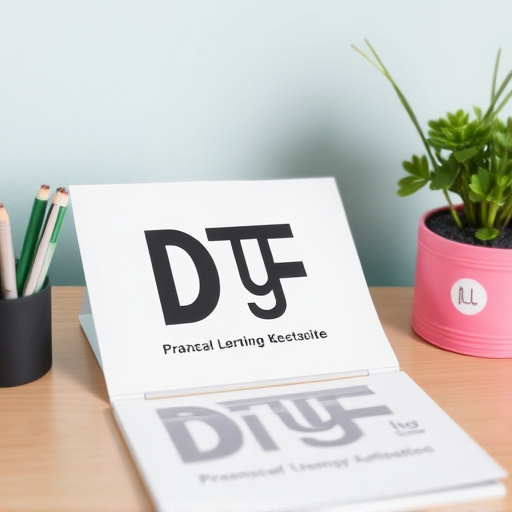
Using a binding agent for securing Direct-to-Film (DTF) transfers to fabrics offers several significant advantages. Firstly, it enhances the durability of the printed fabric by ensuring the DTF layer adheres strongly to the material’s surface, preventing peeling or flaking over time. This is especially beneficial for items that undergo frequent use or exposure to moisture and other environmental factors.
Additionally, a binding agent provides a smooth, even finish to the DTF prints, improving their overall aesthetic appeal. It also helps in achieving consistent colour vibrancy and opacity, ensuring the designs look as intended on various fabric types. This level of control is crucial for maintaining brand consistency and high-quality standards in DTF printing applications, whether for apparel, home textiles, or promotional products.
Choosing the Right Binding Agent for Your Fabric and Design
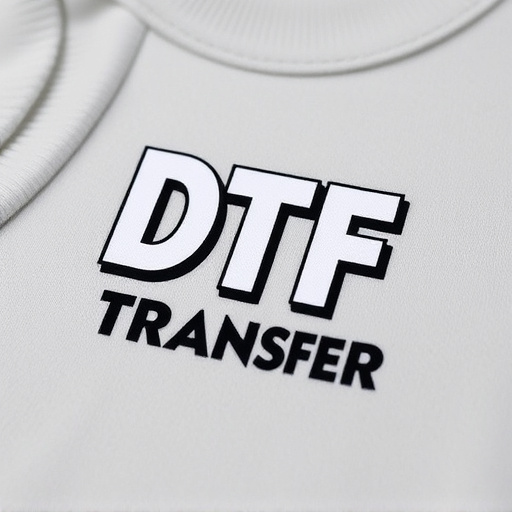
Choosing the right binding agent is a critical step in achieving high-quality DTF (Direct-to-Film) transfers on fabrics. The suitability of an agent depends on several factors, including the type of fabric and the desired design outcome. Different fabrics have unique properties that can affect ink adhesion, so it’s essential to select a binding agent compatible with your chosen material. For instance, cotton and polyester absorb inks differently, requiring specific agents for optimal results.
Additionally, consider the level of detail in your DTF prints. Complex designs with fine lines and intricate patterns may necessitate a stronger binding agent that can secure precise details on the fabric surface. The right agent will ensure vibrant colors, sharp edges, and long-lasting durability for your DTF transfers, making them suitable for various applications, from fashion to home decor.
Application Techniques for Achieving Optimal DTF Transfers
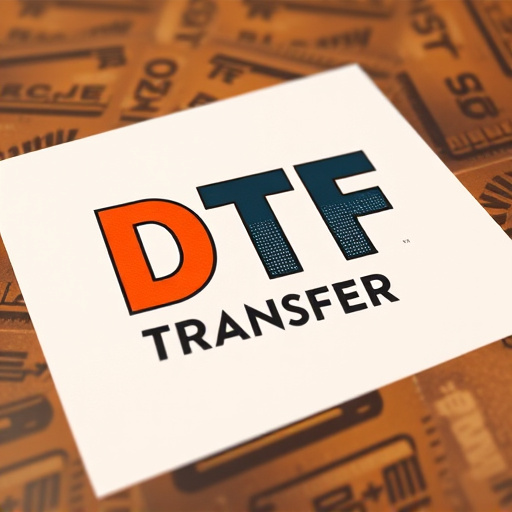
The application technique plays a pivotal role in securing optimal Direct-to-Film (DTF) transfers onto fabrics. This involves several meticulous steps to ensure the best results. Firstly, prepare the fabric by cleaning and conditioning it to create a smooth surface for ink adhesion. Then, apply a thin layer of the appropriate binding agent using techniques like brushing or spraying, ensuring even coverage without puddling or oversoaking the material.
For intricate designs, precision is key. Techniques such as air-brushing or stencil application allow for detailed control, delivering crisp lines and precise color placement. DTF prints benefit from a quick drying process, enabling swift movement to subsequent steps in production. Proper application techniques not only enhance the aesthetics of the final product but also guarantee long-lasting durability, making them ideal for various textile applications.










